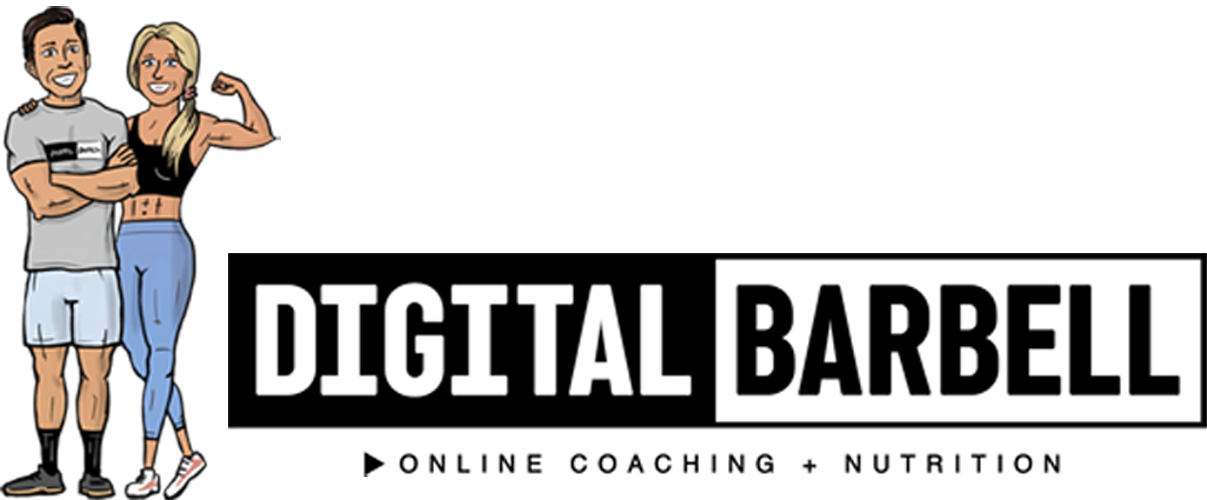Is Fiber Good For Fat Loss & Reducing Cholesterol?
What’s the first thing you think about when you hear the word “Fiber”?
For me it’s an image of a someone in their 80’s standing in an outdated kitchen stirring a tall glass of water that has had a healthy dose of Metamucil dropped into it. It doesn’t exactly make me want to look further into whether or not I should be paying attention to my fiber intake.
Despite that retro image, fiber is pretty awesome and pretty important.
Let’s dive in.
What is Fiber?
Fberis a form of carbohydrate. Remember carbohydrates? The macronutrient that is converted into glucose (sugar) in our body and used/stored for our energy demands. Yeah, that one. The thing that makes fiber interesting is that our bodies don’t fully digest it. Some of it passes allllll the way through to our colon without being broken down. Fiber can be divided into 2 categories.
Soluble and Insoluble.
What is Soluble FIber?
As it sounds, soluble fiber dissolves in water. It turns into a gel like substance. Soluble fiber is in foods like: Oats, oat bran, dried beans, peas, nuts, barley, flax, chia, banana, oranges, blueberries apples, artichokes, tomatoes, carrots…
After we eat soluble fiber it’s turned into a gel. Remember delicious jell-o growing up? Picture that. The coolest thing about soluble fiber is that when it’s in our small intestine it binds to these things called bile salts.
Bile salts help us break down lipids (fats). After the fiber binds to the bile salts they are excreted in our waste. The reason that is cool is because our bodies need to replace those bile salts and they use cholesterol to do that. What that means is a reduction of blood cholesterol levels in people with higher soluble fiber intake. How about that?
So if soluble fiber dissolves in water, you can probably guess that insoluble fiber does not.
What is Insoluble Fiber?
Insoluble fiber comes from foods like: celery, root veggies, dark green leafy veggies, fruit skins. Fiber is the thing that makes up their cell walls.
The notable thing about insoluble fiber is that it is the thing that helps keep our bowels moving and gives them structure. Not exactly dinner-time conversation.
There are other benefits of fiber to talk about too. It can be filling. If you’re trying to lose weight by restricting calories you’ve no doubt felt those hunger pangs. Fiber can help with that!
Another thing to consider is that even though fiber is a carbohydrate, not all of it is absorbed and digested. That means that not all of the calories are extracted for energy. We aren’t telling you to stop counting the calories in the foods that you eat that have fiber, but it might provide you a little bit of a surprise buffer.
Lastly and most importantly, there may be a decreased risk of colon cancer and most assuredly increased colon health with adequate fiber intake. Fiber is fermented by bacteria in our GI tract.
These are healthy bacteria that thrive when fed properly. The gut microbiome is undergoing huge amounts of research currently and we are learning more every year about how important it is to our health and longevity.
Another great reason to include fiber in your diet.
How much fiber should you eat per day?
We recommend that our female clients eat about 25-30g per day and 35-40g per day for our male clients. Hitting the exact number isn’t critical.
It’s not uncommon for the typical American diet to include between 10g and 15g per day. Once you know what foods contain fiber, it’s easy to hit these target numbers. Our go-to higher-fiber foods are oats, avocado, and raspberries.
Before you run out and start slamming down copious amounts of fiber for its benefits, let’s take a step back and drop a couple of warnings.
Warnings about fiber
It would be wise to figure out about how much fiber you’re already eating per day. If it’s relatively low and you plan to add quite a bit more, do it slowly.
Add 5g this week, 5g more next week etc until you reach your goal. Don’t go from eating 10g per day to 40g per day in just a few days. No one will like you, and you probably won’t like yourself.
Another warning. Don’t try to reach your fiber intake goals with JUST insoluble fiber. All that bulk might cause a traffic jam and that is no fun.
Last warning: You also MUST consume adequate water when stepping up your fiber game.
That water is key in preventing those pesky backups. hat’s all we will say about that.
Hope this has been helpful for you!
If you’re curious about what other foods should be part of an overall healthy diet, we have you covered.
Download our FREE GROCERY & MEAL PREP GUIDE below.
